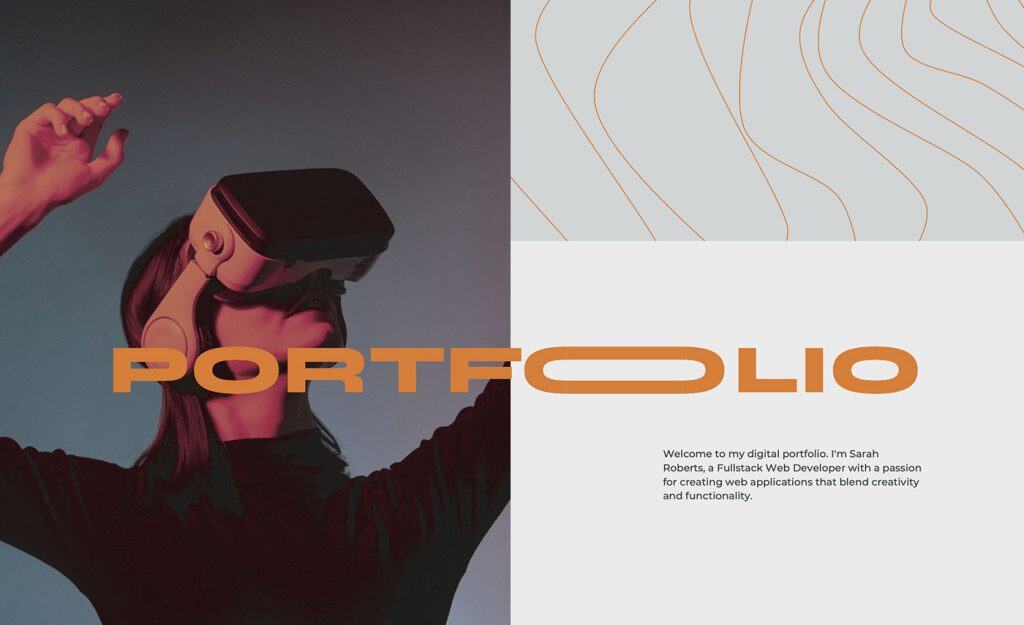Once upon a time, the designer’s portfolio was a sacred relic. You polished it, curated it, and prayed to the Dribbble gods that someone would notice your perfect kerning. It wasn’t just a job-hunting tool—it was your identity wrapped in clickable thumbnails.
Fast-forward to 2025, and the portfolio is on life support. It’s not that visual work samples have stopped mattering—they still do—but the way they’re valued, found, and judged has been completely rewritten.
The AI-driven hiring pipeline doesn’t care about your Behance carousel. It cares about speed, keywords, and whether you pass the algorithmic sniff test before a human even sees your work.
And here’s the kicker: most designers don’t realize they’re in a race against machines they can’t even see.
Portfolios Are Now a Weak Link in the Hiring Funnel
The reality is that for many companies, your portfolio isn’t the first thing they see anymore. Applicant Tracking Systems (ATS) and AI screeners strip down your application to raw text. Your lovingly-crafted case study about the time you redesigned a fintech dashboard? It gets reduced to:
“UI/UX Designer — fintech — increased engagement 12%.”
By the time a recruiter or hiring manager actually clicks your portfolio link (if they ever do), the decision to interview you has often already been made based on your résumé, keywords, or—brace yourself—LinkedIn activity.
Worse, AI hiring tools increasingly summarize portfolios. That means your nuanced storytelling, playful microcopy, and carefully chosen imagery are flattened into bullet points by a language model before a human sees them. It’s like serving a Michelin-star meal only for someone to run it through a blender.
The AI Aesthetic Problem
Another dirty secret: AI-driven searches are biased toward predictable, template-ready work. The same clean mockups, the same landing page hero shots, the same neumorphic button styles.
If your portfolio deviates from the norm—even in a good way—the AI might tag it as “non-standard” and quietly demote it in search rankings.
We’re watching the birth of a homogenized design monoculture, where everyone’s portfolio looks like everyone else’s, because that’s what the algorithms reward.
The Network Is Now Your Portfolio
If the traditional portfolio is dying, where does that leave you? In an AI-driven world, your network presence is the real portfolio. Hiring managers increasingly discover designers through:
- LinkedIn posts and shares — showing your thinking, not just your output
- Twitter/X design threads — building niche authority in your specialty
- Community contributions — active participation in Figma, Notion, or Framer communities
- Speaking and workshops — online talks, podcasts, and recorded meetups that surface on YouTube
These channels bypass the gatekeepers entirely. Instead of hoping someone stumbles onto your portfolio site, you’re creating surface area for discovery in the feeds and platforms people actually scroll.
Your New “Portfolio” Is a Content Ecosystem
Think of it as a distributed portfolio—a mix of public signals that collectively build your reputation:
- Micro-Case Studies on LinkedIn
Short posts breaking down a single problem you solved, with just enough visuals to intrigue without overwhelming. - Design Process Videos
A 2-minute Loom showing your workflow in Figma, including decisions, not just results. - Interactive Templates
Publish free resources (UI kits, wireframe templates, style guides) that let people experience your design sensibility directly. - Guest Posts & Articles
Write for industry blogs (yes, even your competitors) so your name becomes associated with high-value insight. - Search-Optimized “Mini Projects”
Host small, well-documented projects on GitHub, CodePen, or Framer with searchable descriptions.
This is not about abandoning the portfolio completely—it’s about making it one part of a larger system, where each piece is discoverable and algorithm-friendly.
Why This Works Better Than a Static Portfolio
- AI Loves Fresh Signals: Algorithms prioritize recent, active content. A static site updated twice a year looks stale.
- Multiple Entry Points: Instead of relying on one URL, you create dozens of ways for someone to find you.
- Reputation Compounding: The more your name appears in useful, relevant contexts, the more you’re perceived as an authority.
- Resilience: If one platform changes its rules (hello, Dribbble), you’re not starting from scratch.
The Brutal Truth: Nobody Cares About Your Homepage
It hurts, but it’s true. The days of “Here’s myportfolio.com, please marvel at my grid layout” are over. Hiring managers care about:
- Can you solve their problems?
- Can you work fast and communicate clearly?
- Have you demonstrated those skills recently in ways they can easily verify?
Your shiny site can still be a great credibility booster—but it’s the final stop, not the starting point.
Final Take
We’re in an era where the designer who spends 20 hours polishing their About page will lose to the designer who spends 2 hours sharing a punchy LinkedIn post every week. AI is filtering talent in ways that reward visibility and recency over static perfection.
If you want to survive—and thrive—in the AI hiring landscape, treat your portfolio as a hub, not a shrine. Build out your ecosystem. Spread your work, your thinking, and your personality across multiple channels.
Because the truth is, in 2025, the portfolio isn’t dead. It’s just been reincarnated—and the new version lives everywhere BUT your homepage.
